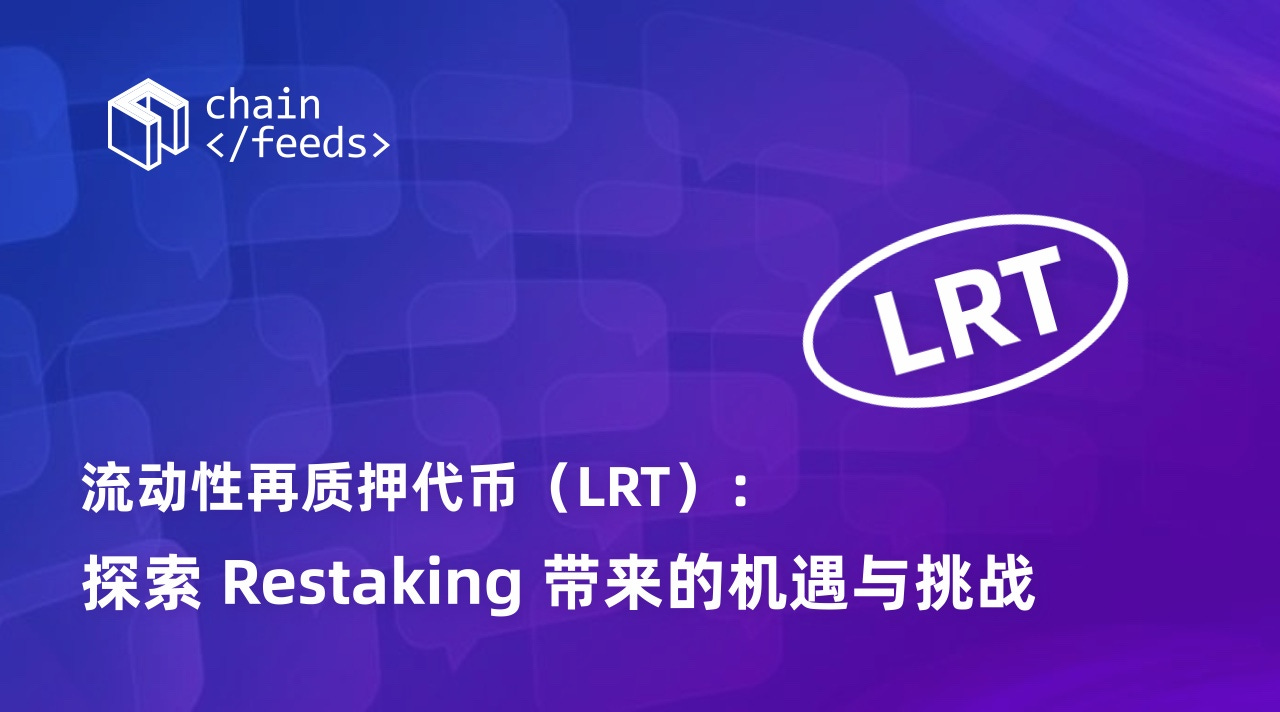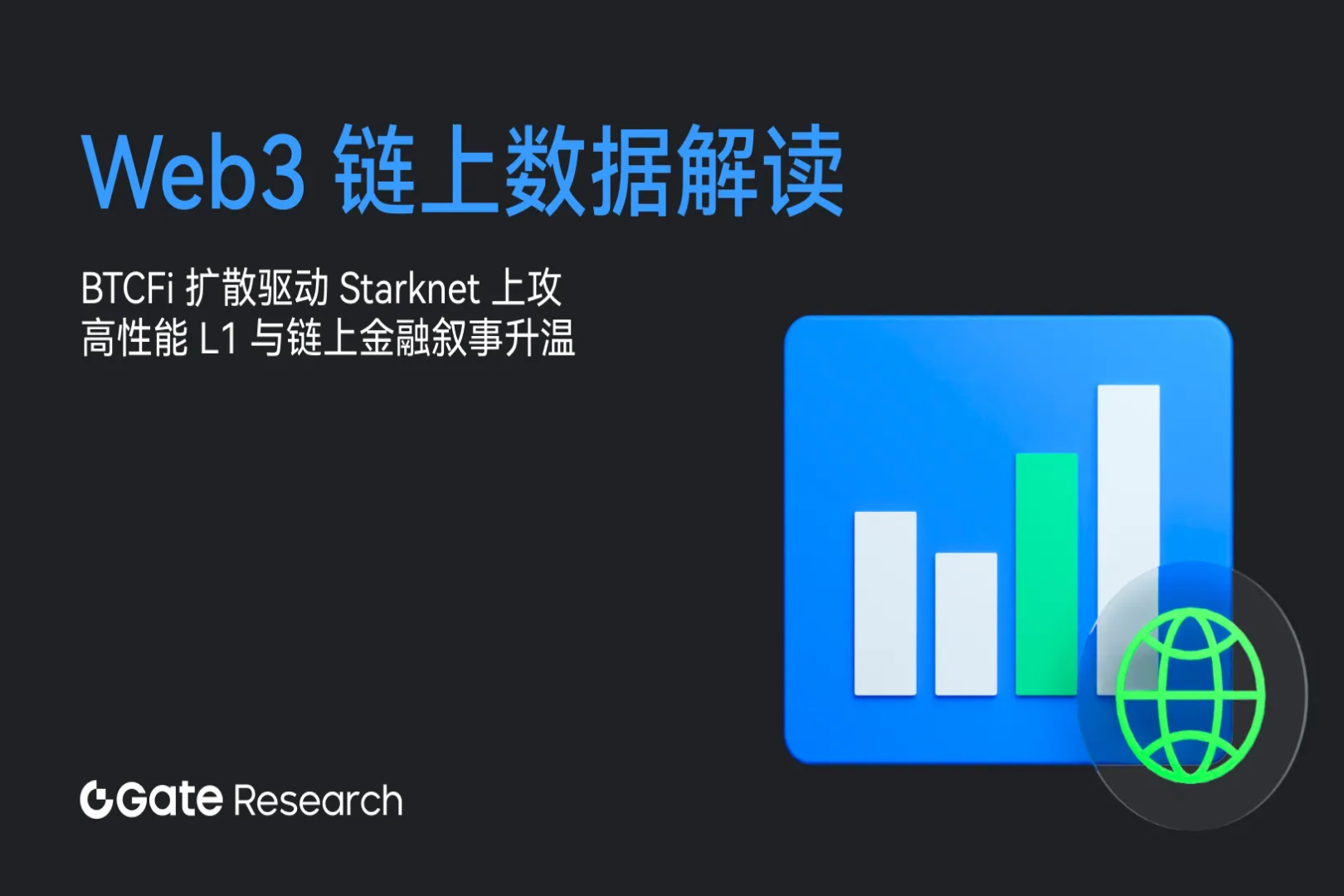流动性再质押代币(LRT):探索Restaking带来的机遇与挑战
Recently, there has been a wave of Restaking in the market, and many protocols have started staking activities. The TVL of LRT (Liquid Restaked Token, Liquid Restaked Token) has also shown significant growth, reaching a level of US$1.5 billion. The relationship between LRT and Restaking, its advantages and risks, and the LRT protocols available on the market are all topics worthy of in-depth discussion.
Data Sources:DUNE
background
Restaking refers to staking assets again after the initial staking. This strategy is mainly based on Ethereum’s security framework and aims to improve the efficiency of fund use throughout the cryptocurrency ecosystem. Through Restaking, stakers can not only support the security of one network, but also provide verification services for multiple networks at the same time, thereby obtaining additional rewards, which is very beneficial to increasing the return rate of assets. In short, Restaking opens up a new way for stakers to earn additional income while also enhancing the security and stability of multiple networks.
At the same time, a major issue facing Restaking is liquidity. Similar to PoS staking, after Restaking, the assets are locked in the node and lose liquidity. To solve this problem, Liquid Restaked Token (LRT) was introduced. LRT is a synthetic token issued for Restaked ETH, ETHx or other LST. Not only does it solve the previously mentioned problems, it also allows easy access to Restaking and DeFi at the same time.
LRT is more technically and economically complex than LST. For LST, all underlying tokens are staked for only one task, which is to ensure the security of the PoS chain. However, for LRT, there will be multiple AVS (Active Verification Services), i.e. applications and networks that use Restaking to ensure security, will need to be selected for Restaking, which will result in the distribution of multiple different types of additional rewards.
Therefore, the relationship between LRT and Restaking can be summarized as follows: LRT is a synthetic token designed to solve the problem of asset liquidity in Restaking. It enables pledged assets to provide security support in multiple services while bringing additional benefits to pledgers. rewards and rewards.
concept
Liquidity Recollateralized Tokens (LRT) are a new liquidity primitive for the cryptocurrency market designed to increase the capital efficiency of assets. In traditional liquidity mining activities, users deposit their crypto assets into a liquidity pool to earn rewards, but these assets are typically not available for further use during the staking period. LRT achieves greater capital efficiency by allowing users to re-pledge already pledged assets, increasing the liquidity and usage flexibility of assets.
Advantage
Improved capital efficiency: Through the Restaking mechanism, users can further participate in other pledge projects or lending activities without withdrawing the original pledged assets. This does not require the use of native tokens to directly establish security. The pledged ETH can also protect Ether. to improve the security of the Fang network and AVS, thereby improving capital efficiency.
Maximizing returns: LRT allows users to earn multiple returns from the same asset, and stakers can earn rewards from verification activities that support multiple services without tying up additional funds, which not only improves their capital efficiency but also increases Incentive revenue associated with verification services. Basic rewards include ETH staking rewards, AVS re-staking rewards, and additional LRT utilization rewards.
Liquidity enhancement: The LRT protocol solves liquidity dilemmas by re-staking deposited ETH across various operators, standardizes reward and risk allocation, and provides users with tokens representing their re-staking ETH and rewards ization said, allowing them to further utilize these tokens in other DeFi protocols for additional benefits. The introduction of this mechanism helps increase market liquidity, makes assets more active, and is conducive to the prosperity and development of the entire cryptocurrency ecosystem.
risk
Increased complexity: Restaking increases the complexity that investors need to understand and manage. What needs to be understood is not only the basic staking and revenue mechanisms, but also how to effectively re-stake assets on multiple networks to maximize returns. This can be a challenge for novice investors. In addition, the introduction of LRT also involves the selection and evaluation of multiple different AVS, and how to allocate pledged assets among them to obtain the optimal reward structure.
Smart contract risks: The implementation of LRT relies on the interaction of multiple layers of smart contracts. Each additional layer of smart contracts may theoretically introduce new security vulnerabilities or defects, which may lead to theft or loss of assets. The complexity and interactivity of smart contracts makes comprehensive auditing and verification more difficult, increasing the technical risks faced by investors.
Liquidity risk: Although LRT aims to increase liquidity by providing representative tokens for re-hypothecated assets, the liquidity of these assets may still be severely affected under extreme market conditions, such as severe volatility or panic selling. . Most LRT protocols are easy to get in and hard to get out. In these cases, rehypothecated assets may be difficult to quickly convert into liquidity, thereby increasing exposure to liquidation risk.
Governance risk: Due to the technical and economic complexity of the LRT protocol, its governance structure and decision-making process are also relatively complex. This complexity can lead to inefficient governance or enable a few interest groups to manipulate protocol decisions for their own benefit, to the detriment of a broad swath of holders. In addition, the need for re-staking selection for multiple AVS further increases the complexity and difficulty of governance, which may lead to opacity in governance decisions and an increase in the threshold for participation.
In summary, LRT, as a financial innovation, while improving capital efficiency and increasing profit potential, also brings higher risks and management complexity. Investors need to carefully evaluate their risk tolerance and investment strategies before participating to ensure they fully understand the relevant mechanisms and potential risks.
Project inventory
Eigenlayer: The leading project on the track, built on Ethereum, introduces a new primitive in cryptoeconomic security - restaking. This primitive allows ETH to be reused on the consensus layer. Users who stake ETH natively or stake ETH using LST can choose to join the EigenLayer smart contract to re-stake their ETH or LST and extend cryptoeconomic security to other applications on the network to earn additional rewards.
Kelp DAO: Multi-chain liquidity staking platform, Kelp DAO was initiated by former members of the Stader Labs team and is currently focusing on building the LRT solution rsETH on EigenLayer, aiming to provide liquidity for illiquid assets deposited in re-staking platforms such as EigenLayer. Currently, Kelp DAO does not charge any fees for LST deposits. This means that users can currently freely deposit ETHx, sfrxETH and stETH on the Kelp dApp without incurring any fees.
Restake Finance: is the first protocol to launch modular liquidity staking on EigenLayer, proposing a decentralized yield re-mortgage method that allows users to earn Ethereum staking rewards and benefits without locking assets or maintaining staking infrastructure. EigenLayer native rewards. Restake Finance will be powered by the Restake Finance DAO, which will ensure that the project stays true to its decentralized nature and that its development is in the interest of its stakeholders. The DAO will be managed using RSTK tokens, with the core goal of creating value for token holders through governance and generating revenue.
Renzo Protocol: The first native re-pledge protocol launched on the EigenLayer mainnet. Provides an interface for re-staking on EigenLayer, thereby eliminating technical barriers, resource allocation and risk management. This in turn can create new primitives and design considerations for AVS applications, promote open innovation, and flexibly build open distributed systems.
Puffer Finance: The first native liquidity staking protocol on Eigenlayer, which makes native staking on Eigenlayer more accessible, allowing anyone to run an Ethereum PoS validator while increasing their rewards. Together, stakers and node operators create a flywheel effect that allows Puffer to grow faster than traditional liquidity staking protocols. However, in order to ensure that Puffer never poses a threat to Ethereums trusted neutrality, the Burst Threshold sets the upper limit of Puffer to 22% of the validator set.
etherFi: Decentralized, non-custodial entrusted staking protocol with liquidity staking derivative tokens. A distinguishing feature of ether.fi is that stakers control their private keys. The ether.fi mechanism also allows the creation of a node services market where stakers and node operators can register nodes to provide infrastructure services, with revenue from these services shared with stakers and node operators.
Swell Network: Non-custodial staking protocol, launched rswETH. With Swell, users can earn passive income by staking or re-staking ETH to receive blockchain rewards and regained AVS rewards. In return, users can receive profitable flows. Sex tokens (LST or LRT) to hold or participate in the broader DeFi ecosystem to earn additional income.
Stakestone: Full-chain LST protocol, designed to bring native staking benefits and liquidity to L2 in a decentralized manner. With its highly scalable architecture, StakeStone not only supports leading staking pools but is also compatible with upcoming re-staking. At the same time, it established a multi-chain liquidity market based on STONE. StakeStone has pioneered the first decentralized liquid staking solution through an innovative mechanism called OPAP. Unlike traditional methods that rely on MPC wallets, StakeStone provides complete transparency of underlying assets and rates of return. At the same time, OPAP allows the optimization of STONEs underlying assets, ensuring that STONE holders can automatically and easily obtain optimized staking returns.
Babylon: The Eigenlayer of the BTC ecosystem, Babylon is revolutionizing the way we scale Bitcoin, and it does not rely on adding new layers on top of Bitcoin or building a new ecosystem. Instead, it extracts security from the Bitcoin chain and shares it with various PoS chains. Babylon is developing a Bitcoin staking protocol that allows Bitcoin holders to stake their BTC on the PoS chain and earn income from staking (and re-staking) their BTC to secure PoS chains, applications and application chains safety. Unlike existing methods, Babylon’s innovative protocol eliminates the need for bridging, encapsulating, pegging or escrow of staked Bitcoins.
Picasso: Aims to introduce the concept of Restaking into the Solana blockchain, allowing stakers to reuse their assets for staking on Solana and other networks through a liquidity re-pledge method similar to EigenLayer to obtain additional benefits. The protocol has a special focus on leveraging cryptoeconomic security to provide additional safeguards for different decentralized applications and services. In this way, Picasso not only increases the liquidity of assets, but also promotes the overall security and stability of the network through shared security mechanisms.
These projects demonstrate the diversity and innovation in the LRT field, while also pointing out the potential and development direction of the re-pledge market. When choosing to participate in any of these projects, it is recommended that a detailed study of their respective features, risks and potential benefits be made in order to make an informed investment decision.
Summarize
The introduction of LRT marks an innovative leap in the field of crypto asset staking. By unlocking the liquidity of pledged assets, LRT allows these assets to be re-staking across multiple networks and services for additional returns, improving capital efficiency and earning potential.
However, like all innovations, LRT comes with risks, including increased technical complexity, potential security vulnerabilities in smart contracts, and the impact of market volatility. Investors need to have an in-depth understanding of these risks before participating and formulate corresponding risk management strategies to ensure that they can effectively control potential losses while pursuing returns.




